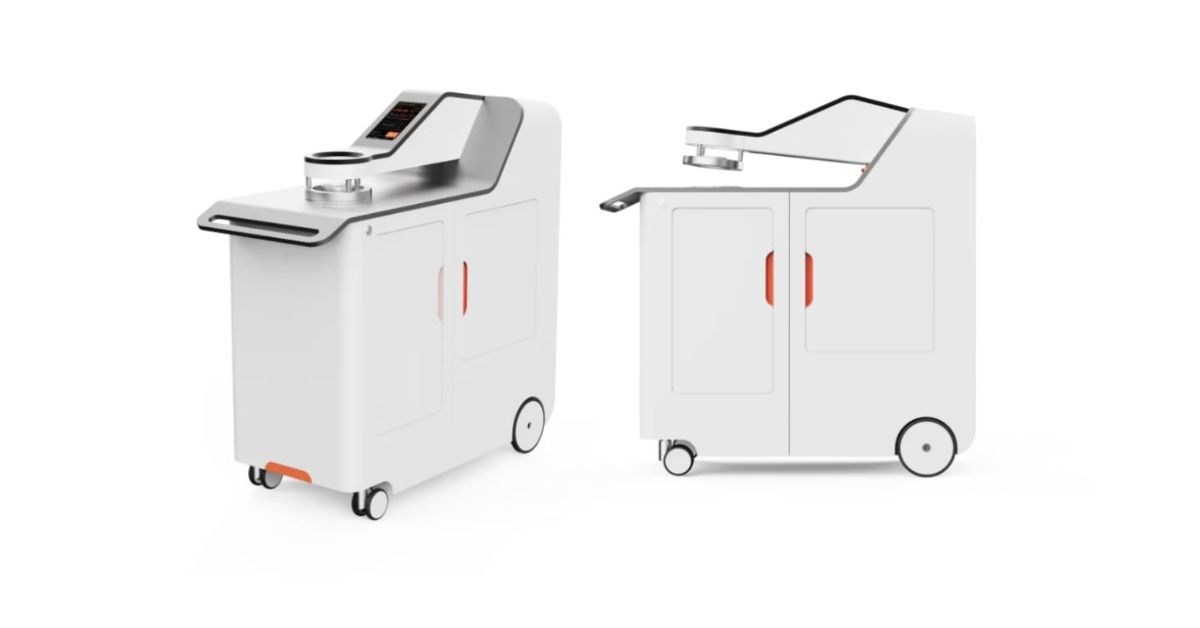Air permeability testing is a cornerstone of fabric development, particularly in sectors where breathability and comfort are essential. Whether it’s for sportswear, outdoor gear, or medical applications, the ability to test and measure air permeability allows manufacturers to ensure that their fabrics meet specific performance needs. Utilising an Air Permeability Tester provides accurate insights into fabric breathability, helping maintain quality and functionality.
Understanding the ASTM D737 Air Permeability Test
The ASTM D737 air permeability test is the global standard for measuring the airflow through fabric. This test determines how easily air passes through a material, which directly impacts the fabric’s breathability and comfort. For industries such as sportswear and medical textiles, achieving the right air permeability is critical to creating functional products that perform in real-world environments.
Factors Impacting Air Permeability in Fabric
Several variables affect the air permeability of fabric. These include:
- Fabric Structure: The openness of the weave or knit influences how much air can pass through the material. Looser weaves allow for more airflow, while tighter weaves reduce permeability.
- Material Composition: Natural fibres such as cotton tend to have higher permeability compared to synthetic fibres like polyester, which are often designed for water resistance or insulation.
- Fabric Thickness: Thicker materials generally offer less air permeability, making them more suitable for insulation or protective garments rather than breathable clothing.
Manufacturers must balance these factors depending on the fabric’s intended use. For activewear, a good air permeability value ensures that the fabric keeps the wearer cool and dry during high-intensity activities. In contrast, products like tents may require low permeability to protect from the wind and rain, combining this property with hydrostatic head for tents for overall weather protection.
Applications of Air Permeability Testing Across Industries
Air permeability testing plays a significant role across various sectors:
- Activewear and Sportswear: The breathability of fabrics is essential in ensuring comfort for athletes. The air permeability test on fabric helps manufacturers develop textiles that manage moisture and heat during exercise.
- Outdoor Equipment: Fabrics used in tents, jackets, and other gear need to balance breathability with protection from the elements. Testing ensures that these products perform under challenging conditions.
- Medical Textiles: In healthcare, fabrics used for masks, gowns, and protective gear require specific air permeability values to maintain both comfort and protection.
With the Air Permeability Tester, manufacturers can measure and control the flow of air through their fabrics, ensuring optimal performance for their specific applications.
Importance of Air Permeability Tester Calibration
For consistent and reliable test results, the air permeability tester calibration must be regularly maintained. This ensures that the instrument delivers accurate data, which is crucial for meeting standards such as ASTM D737. Calibration plays a vital role in producing trustworthy test results that manufacturers can depend on to adjust their fabric production processes.
The air permeability tester tf164b is commonly used in the industry, providing precise measurements that help manufacturers evaluate the breathability of their fabrics.
How to Calculate Air Permeability
To calculate air permeability, the tester measures the volume of air passing through the fabric within a specified period. The result, expressed in cubic centimetres per square centimetre per second (cm³/cm²/s), helps manufacturers determine whether the fabric meets the necessary breathability standards.
This process is particularly important for industries where fabric comfort and protection are critical. For example, outdoor fabrics require a balance between breathability and protection from environmental factors, ensuring that the wearer remains both comfortable and protected from the elements.
Conclusion
Air permeability testing is a fundamental aspect of fabric development, ensuring that textiles are fit for purpose in industries ranging from sportswear to medical textiles. By using the Air Permeability Tester, manufacturers can accurately measure and control the breathability of their fabrics, ensuring comfort, performance, and protection. The Air Permeability Tester provides the reliability needed to test fabrics against industry standards, allowing businesses to produce high-quality products.










